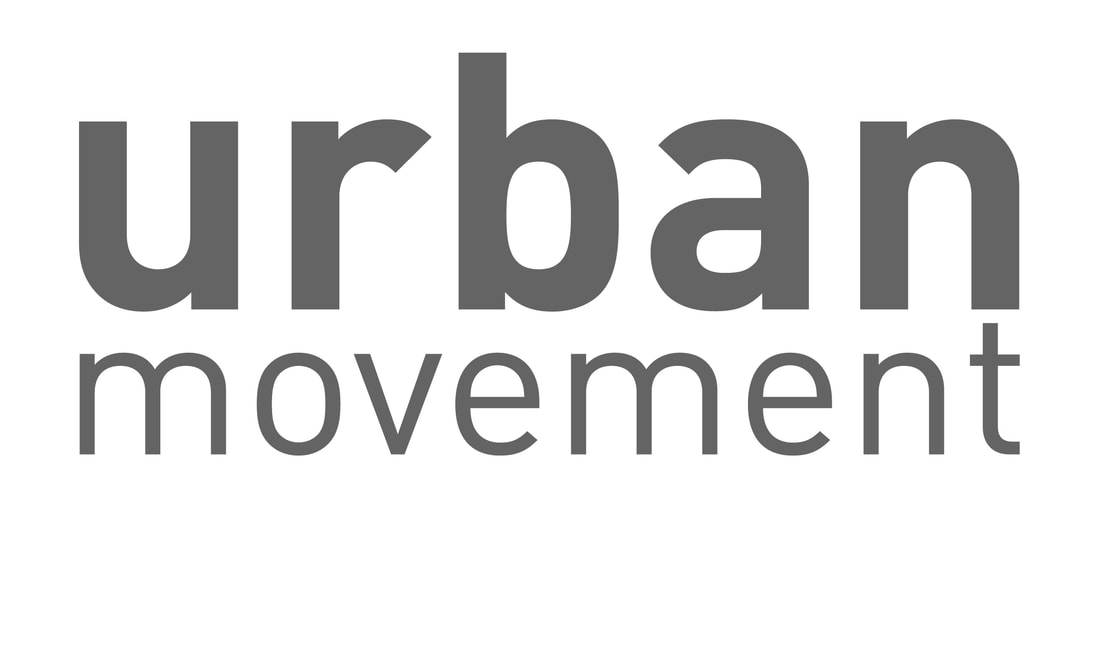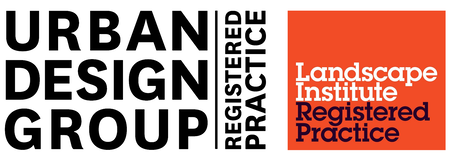|
Good decision-making must embrace qualitative considerations; but we still don’t really know how.
14/4/2013 11:13:06 am
"While the reasons why we, as individuals, enjoy public space may be fairly easy to appreciate in broad terms, we struggle to put numbers to them."
John
14/4/2013 10:00:10 pm
Thanks for the comment. You may be glad to know that, when I referred to "some work I am currently doing" in the first paragraph, this is, in fact, for George and his Urban Design colleagues at TfL. The work in question is the development of the Valuing Urban Realm Toolkit that George spoke about at the December StreetTalks event and, hopefully, it will indeed help result in more rounded business cases being made for new streets projects. 15/4/2013 10:27:07 am
Ah, I'm glad you're in on that – I thought you might well already know about it! Looks like a really interesting tool, which should result in some changes in the way friendlier streetscapes are seen by the beancounters. Comments are closed.
|
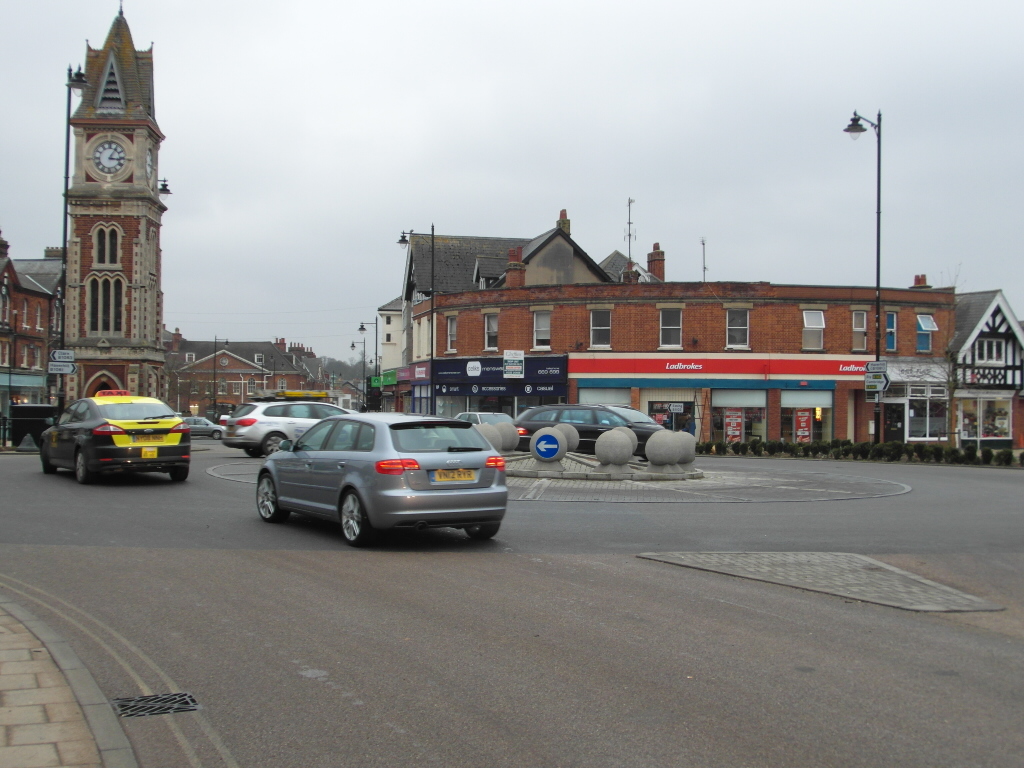
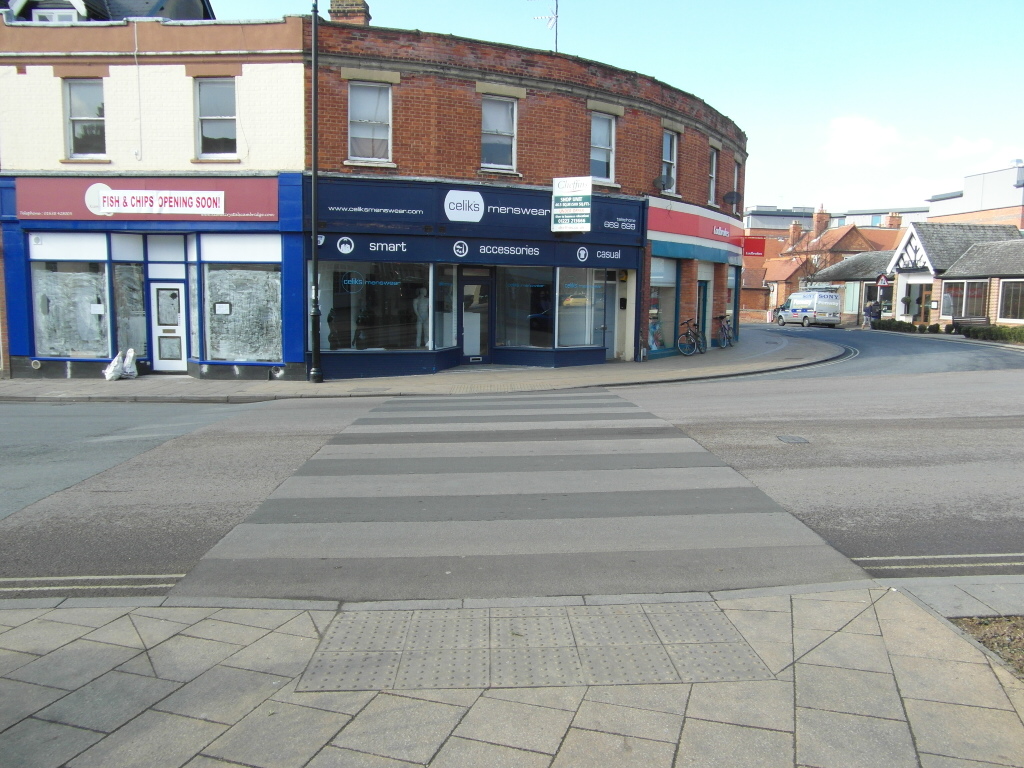
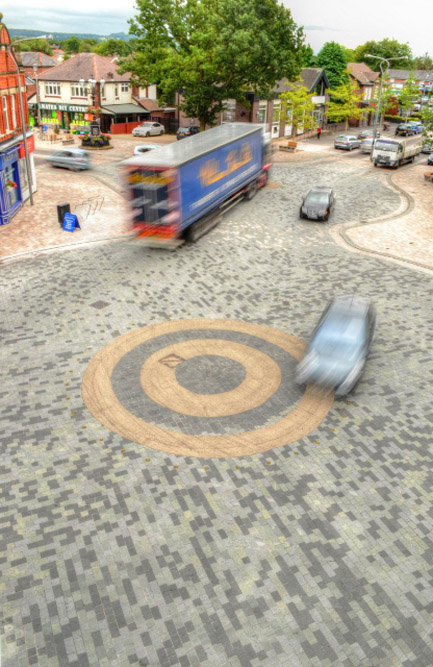
 RSS Feed
RSS Feed
